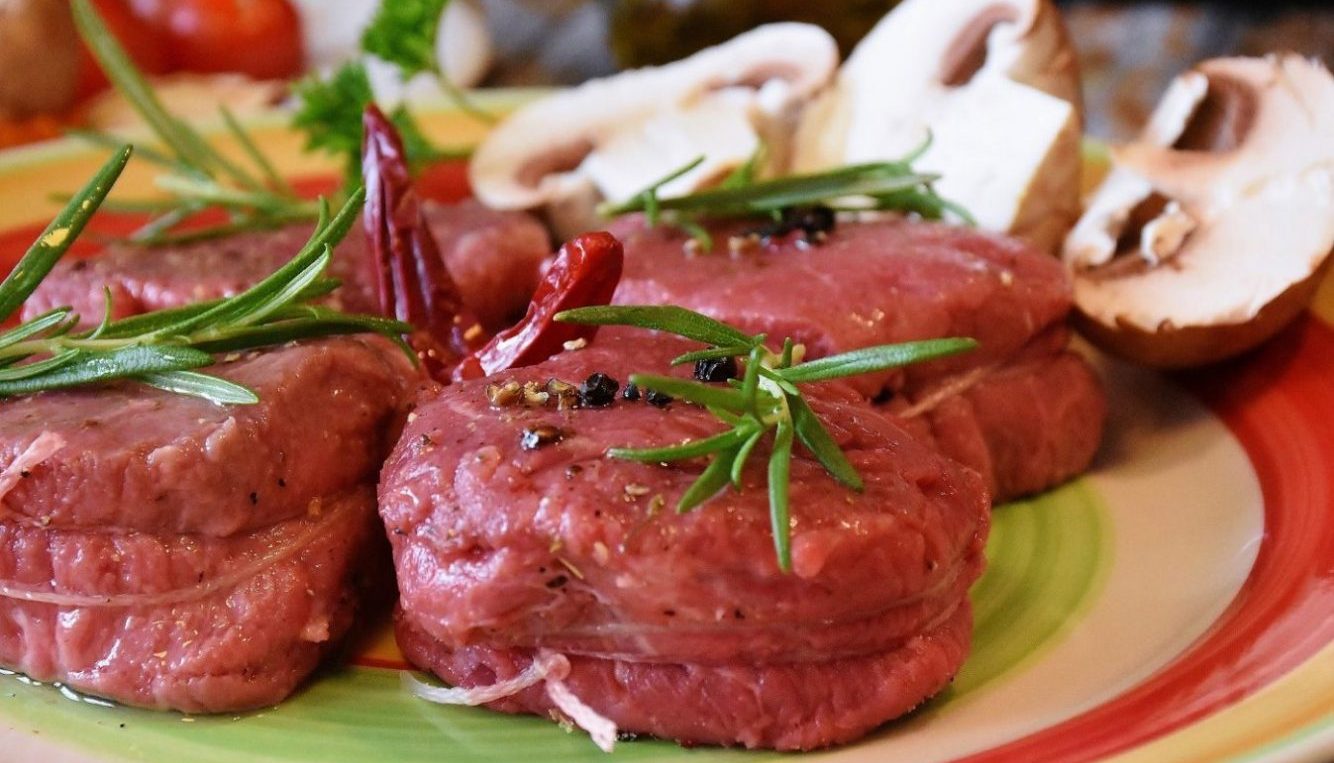Over the four decades we’ve been in business, we’ve seen the Australian meat industry change and evolve with consumer demands and food trends. In recent years, the meat market has undergone changes that require high standards of quality, so aspects related to environmental sustainability and animal welfare have become critical in meat production (source).
The factors affecting meat quality are complex and varied. So how do we determine high quality meat from poorer quality meat? Read on to learn more about the factors affecting meat quality and how you can improve yours.
Overview
- What is meat quality
- 6 factors affecting meat quality
- Poultry meat quality
- How to improve your meat quality standards
What is high-quality fresh meat?
Customers will pay more for high-quality meat that meets expectations for colour, texture, visible fat, odour and drip that is desirable for each specific meat product type. Meat is poorer where there is quality excessive visible fat, abnormal odour or texture or discolouration.
Meat quality factors are chemical and perceived through the senses, ultimately determining the suitability of a sample of meat for human consumption.
Quality of meat can also refer to the eating experience and is affected by the “genetic propensity of the animal, how the animal is reared, and the nutritional status during production.” (source) This is sometimes called the “eating quality” of meat.
6 factors affecting meat quality
1. Compositional quality (chemical lean calculation)
Fat analysis or chemical lean testing (CL) tells you the amount of lean meat vs fat in a red meat product. It is a minimum meat specification included in contracts between Australian vendors of bulk packed boneless manufacturing meat and overseas or domestic buyers (source).
2. Visual appearance
Visual appearance factors include things like colour and marbling. Marbling is the fat that is deposited between individual muscle fibres, which has a very positive effect on the eating quality of some cuts. Contrary to what most consumers might think, beef is not the only meat that should contain marbling. Lamb and pork does too.
Colour wise, the optimum surface colours of fresh meat are cherry-red for beef, dark cherry-red for lamb, reddish-pink for pork, and pale pink for veal. However, it should be noted that The amount of myoglobin in animal muscles determines the colour of meat. Exposure to store lighting can lead to the formation of metmyoglobin, a pigment that turns meat brownish-red. This colour change alone does not mean the product is spoiled. (source)
3. Smell
Smell is one of the oldest factors affecting meat quality. While it may be difficult to perceive good meat quality from excellent meat quality using just your sense of smell, any particularly unpleasant smells should be considered an indication of poor quality or ‘off’ meat.
4. Firmness/texture
Good quality meat shouldn’t be too soft or “squishy” to the touch. At the other end of the spectrum, it also shouldn’t feel hard.
5. Palatability
Palatability factors include the following quality points of meat:
- Juiciness
- Tenderness
- Flavour
With flavour in particular, the lines become blurred between objective analysis and subjective opinion.
6. Contamination
One of the biggest factors affecting meat product quality is contamination by things like:
- glass
- metal
- mineral stone
- high density plastic
- calcified bone
More on this in next month’s blog: Importance of Meat Inspection
Poultry meat quality
The two most important quality attributes for poultry meat are appearance and texture. Appearance quality attributes include skin colour, meat colour, cooked meat pinkness, and appearance defects such as bruises and haemorrhages.
The diet and conditions in which poultry are reared can also affect the meat quality; for example, indoor intensive vs outdoor “free range”. (source)
How to improve your meat quality standards
1. Purchase a top-of-the-line product inspection machine
Eagle PI is a world-leading manufacturer of food product quality inspection equipment. These machines can handle a range of inspections simultaneously, including:
- Process a high-volume of products at a fast rate
- Chemical lean
- Detect a wide range of contaminants (even through aluminium foil packaging) using dual energy X-Ray inspection
- Weigh each product to detect under and overweight items
- Automatically reject contaminated products and record data about the reason for rejection
2. Hire a chemical lean testing rig
If purchasing equipment to conduct chemical lean testing is out of the question, especially since CL testing is a once or twice a year process, you might choose to hire rather than to buy.
3. Consider on-farm factors
The eating quality of an animal is influenced by multiple on-farm factors. Feeding and finishing, together with aspects of animal management such as genetics, animal health and handling, are critical links in the eating quality chain. It is important to be mindful of how feeding and finishing influence eating quality, and implement systems that optimise eating quality potential. (source)
4. Use an MEQ Probe
An MEQ Probe is a hot carcass grading tool for eating quality in lamb and beef. It is the only technology that has AUSMEAT accreditation for lamb and it can also measure marbling in beef, enabling you to perform grading pre-chiller. This can potentially save you a day or more of sorting by eating quality.
Find out more: New Technology Transforming Sheep Meat Industry
If you have any questions about factors affecting meat quality, or you’d like to enquire about chemical testing or X-Ray inspection equipment, contact us today.
FAQs
What causes poor meat quality?
On-farm factors such as diet and rearing conditions, as well as poor storage and preservation can produce poor meat quality.
What are the different qualities – or grades – of meat?
Generally speaking, there are five grades of red meat relating to the different cuts: Prime, Choice, Good, Utility, and Cull.
Does stress affect meat quality?
Studies show that long-term stress immediately before slaughter can produce tougher – and therefore poorer quality – meat. (source)






